Powerful Molecule Contained in Licorice Root Extract

The Essential Info
Licochalcone is a molecule derived from a specific species of Chinese licorice root that helps calm acne-prone skin through its ability to:
- Control oil production: Less skin oil normally means less acne
- Keep acne bacteria in check: Acne is in part a bacterial disease
- Reduce inflammation: Acne is at its root a chronic inflammatory disease

The Science
What Is Licochalcone?
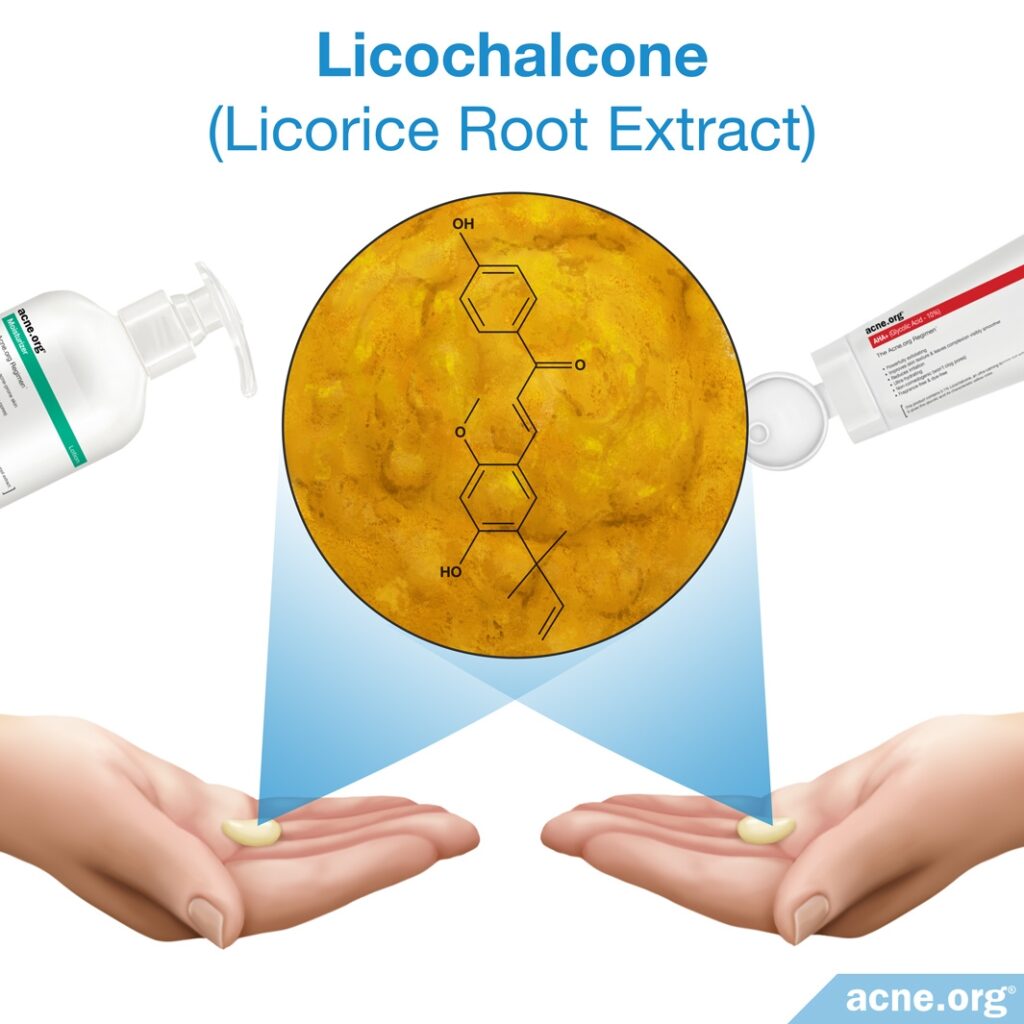
Licorice root has been used in skin care for millennia. According to the National Cancer Institute, licorice root has “potential anti-inflammatory, antioxidant…activities.”
Licochalcone is a specific molecule contained in licorice root extract which helps control oil production, is anti-bacterial, and acts as an anti-inflammatory.1-4 In short, it helps calm and soothe acne-prone skin.
Expand the section below if you would like to read about the evidence showing that licochalcone may help with acne.2-6
Expand to read research evidence on licochalcone and acne
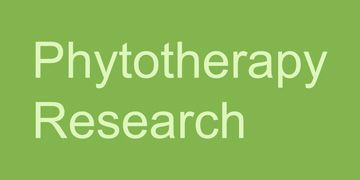
A study published in the journal Phytotherapy Research in 2018 tested licochalcone on human skin cells grown in the lab and also on animals. The researchers found that licochalcone reduces skin inflammation caused by acne bacteria. They wrote, “Collectively, these data provide a novel…insight into the function of licochalcone A in the prevention or treatment of acne vulgaris.”2
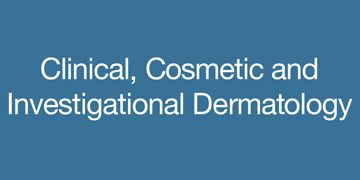
A study published in the journal Clinical, Cosmetic and Investigational Dermatology in 2019 tested a licochalcone-based treatment on 91 patients with mild acne. The patients applied a fluid containing licochalcone A, salicylic acid, and L-Carnitine in the morning and a cream with licochalcone A and 10% hydroxy-complex at bedtime for 8 weeks. This treatment reduced the total number of acne lesions: the number of comedones (whiteheads and blackheads) decreased by 64% and the number of papules by 71%. In addition, skin oil production decreased by about 52%. The scientists wrote, “Our results suggest that the daily regimen based on Licochalcone A with Salicylic acid/L-Carnitine as fluid or with Hydroxy-Complex 10% as cream represent an interesting cosmetic approach for treating mild acne.”3

Another study published in the same journal in 2019 tested a topical treatment containing licochalcone on 25 patients with mild-to-moderate acne. Each patient received a topical retinoid product containing adapalene and another product that contained adapalene together with licochalcone, glycolic acid, salicylic acid, and gluconolactone. The patients applied one product to the left side of the face and the other to the right side of the face for 28 days. After this period, the researchers compared the 2 sides of the face. They found that both products equally reduced the number of acne lesions. However, a computer analysis of patient photos found fewer red acne lesions on the side treated with the product containing licochalcone. The researchers wrote, “this cosmeceutical product showed some benefits in reducing complications from acne.”4 It should be noted that the other medicinal ingredients included in the product that contained licochalcone—in particular, glycolic acid and salicylic acid—are also known to help with acne to some degree. In other words, we cannot be sure to what extent licochalcone itself contributed to the additional improvement in acne on the side of the face treated with the combination product.
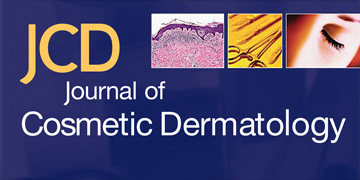
Another study from 2019 published in the Journal of Cosmetic Dermatology tested whether a cream containing licochalcone would increase the effectiveness of an acne treatment called photodynamic therapy (PDT). The researchers gave 29 people with acne a different treatment on each side of the face:
- One side of the face received 4 sessions of PDT, spaced 2 weeks apart + a skin cream without any medicinal ingredients (a so-called placebo cream) applied to the skin twice a day for 10 weeks.
- The other side of the face received 4 sessions of PDT, spaced 2 weeks apart + a medicinal skin cream containing licochalcone A, L‐carnitine, and decanediol applied to the skin twice a day for 10 weeks. Research suggests that all 3 ingredients may contribute to reducing acne: L-carnitine may reduce skin oil, and decanediol may block the growth of acne bacteria.
The researchers used a specific type of light for the PDT known as intense pulsed light.
The researchers counted the number of acne lesions on both sides of the participants’ faces before and after this course of treatment. They found that the combination of PDT and the medicinal skin cream containing licochalcone reduced the number of acne lesions significantly more than the combination of PDT and the placebo cream. The scientists wrote that PDT and the medicinal cream “is a safe and effective combination treatment for patients with moderate and severe acne.”5 However, it should be noted that we cannot separate the effects of the 3 active ingredients in the medicinal cream—in other words, we do not know how much licochalcone specifically contributed to the improvement in acne.
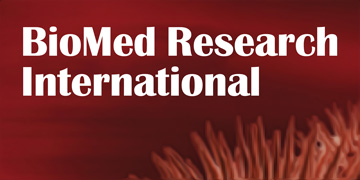
Finally, a study published in the journal BioMed Research International in 2020 tested the ability of a moisturizer containing licochalcone A, decanediol, L-carnitine, and salicylic acid—the same acne-fighting ingredients we have seen in some of the studies above—to prevent an acne relapse. First, the researchers treated 110 patients with mild-to-moderate acne with a combination of adapalene and benzoyl peroxide. Patients who achieved at least a 50% reduction in the number of acne lesions due to this treatment could then enter the second phase of the experiment to see whether they could maintain this improvement in acne and prevent a relapse.
A total of 50 patients met this condition. These patients applied a moisturizer containing licochalcone A, decanediol, L-carnitine, and salicylic acid to one side of the face and a placebo cream to the other side. The patients used both products twice a day for 12 weeks. At the end of this period, the researchers counted the number of acne lesions on both sides of the patients’ faces to see whether the patients’ acne had relapsed. They found that the moisturizer containing licochalcone had not only kept the acne from relapsing, but also continued to improve the acne after the patients stopped receiving the adapalene and benzoyl peroxide treatment. The scientists wrote, “Moisturizer containing licochalcone A, 1,2-decanediol, L-carnitine, and salicylic acid reduced acne lesions and prevented the development of new lesions during the maintenance phase.”6 However, as the moisturizer contained 4 active ingredients, we cannot determine which one was responsible for the improvement in acne.
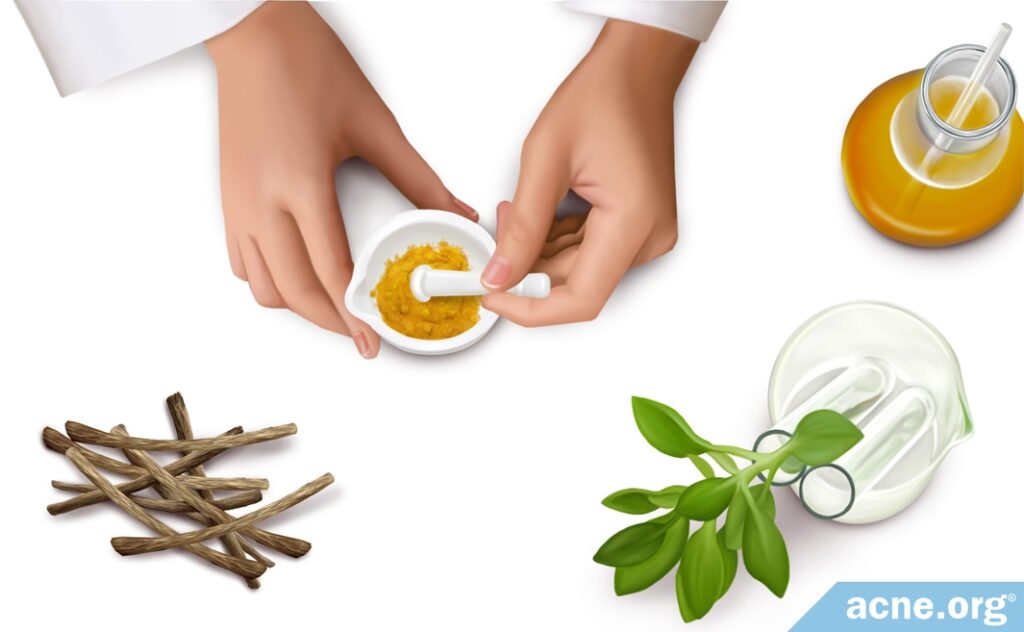
One Challenge It Presents
Licochalcone is not run-of-the-mill licorice root extract. Instead, it is one molecule from a specific species of licorice root extract that is isolated for our use. This makes it very expensive (over $7000 per kilogram). This is why you will not see it used in many products.
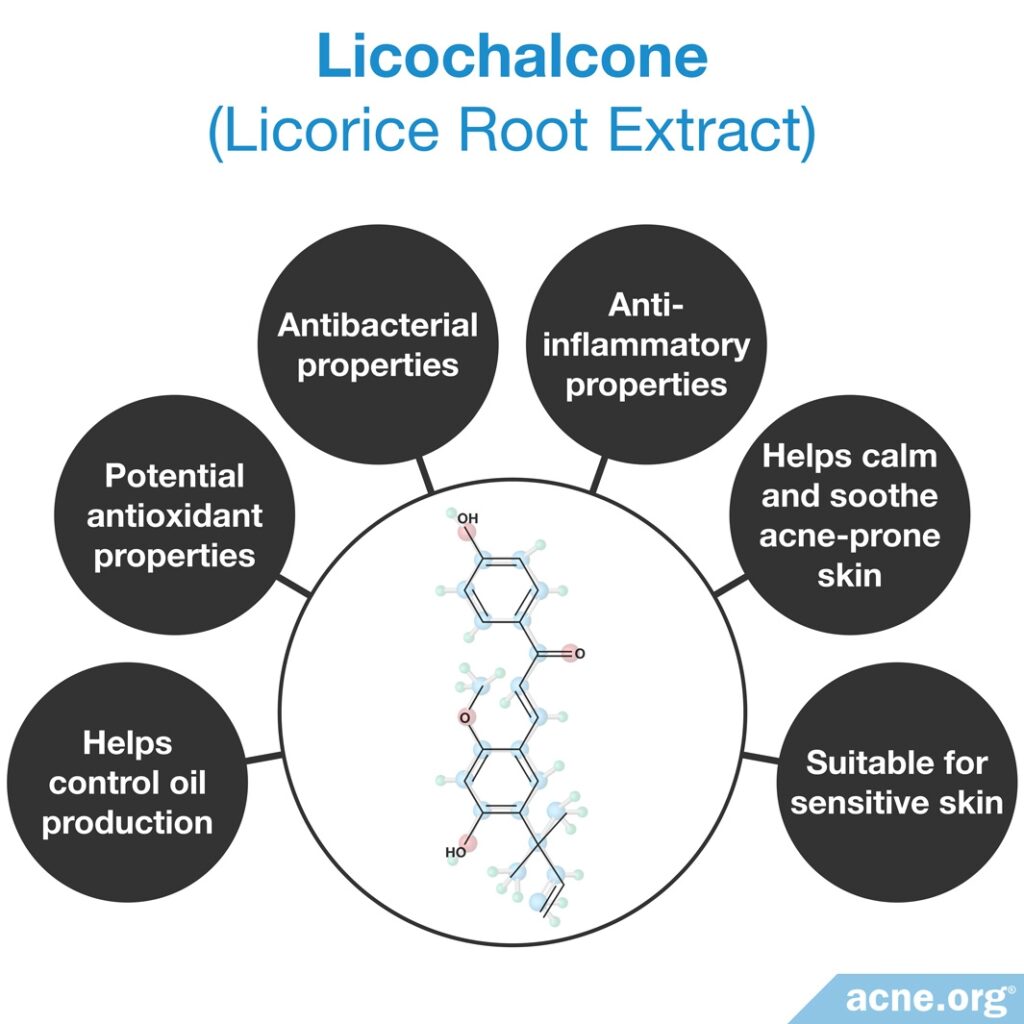
References
- Definition of licorice root extract. National Cancer Institute Drug Dictionary. 11 Jun. 2008. https://www.cancer.gov/publications/dictionaries/cancer-terms/def/licorice-root-extract
- Yang, G., Lee, H. E., Yeon, S. H., Kang, H. C., Cho, Y. Y., Lee, H. S., Zouboulis, C. C., Han, S. H., Lee, J. H. & Lee, J. Y. Licochalcone A attenuates acne symptoms mediated by suppression of NLRP3 inflammasome. Phytother. Res. 32, 2551-2559 (2018). https://www.ncbi.nlm.nih.gov/pubmed/30281174
- Dall’Oglio, F., Fabbrocini, G., Tedeschi, A., Donnarumma, M., Chiodini, P. & Micali, G. Licochalcone A in combination with salicylic acid as fluid based and hydroxy-complex 10% cream for the treatment of mild acne: A multicenter prospective trial. Clin. Cosmet. Investig. Dermatol. 12, 961-967 (2019). https://www.ncbi.nlm.nih.gov/pubmed/32099436
- Kantikosum, K., Chongpison, Y., Chottawornsak, N. & Asawanonda, P. The efficacy of glycolic acid, salicylic acid, gluconolactone, and licochalcone A combined with 0.1% adapalene vs adapalene monotherapy in mild-to-moderate acne vulgaris: a double-blinded within-person comparative study. Clin. Cosmet. Investig. Dermatol. 12, 151-161 (2019). https://www.ncbi.nlm.nih.gov/pubmed/30858720
- Wanitphakdeedecha, R., Tavechodperathum, N., Tantrapornpong, P., Suphatsathienkul, P., Techapichetvanich, T., Eimpunth, S. & Manuskiatti, W. Acne treatment efficacy of intense pulsed light photodynamic therapy with topical licochalcone A, L-carnitine, and decanediol: A spilt-face, double-blind, randomized controlled trial. J. Cosmet. Dermatol. 19, 78-87 (2020). https://pubmed.ncbi.nlm.nih.gov/31587493/
- Kulthanan, K., Trakanwittayarak, S., Tuchinda, P., Chularojanamontri, L., Limphoka, P. & Varothai, S. A double-blinded, randomized, vehicle-controlled study of the efficacy of moisturizer containing licochalcone A, decanediol, L-carnitine, and salicylic acid for prevention of acne relapse in Asian population. Biomed. Res. Int. 2020, 2857812 (2020). https://pubmed.ncbi.nlm.nih.gov/33150170/
The post Licochalcone (Licorice Root Extract) appeared first on Acne.org.
